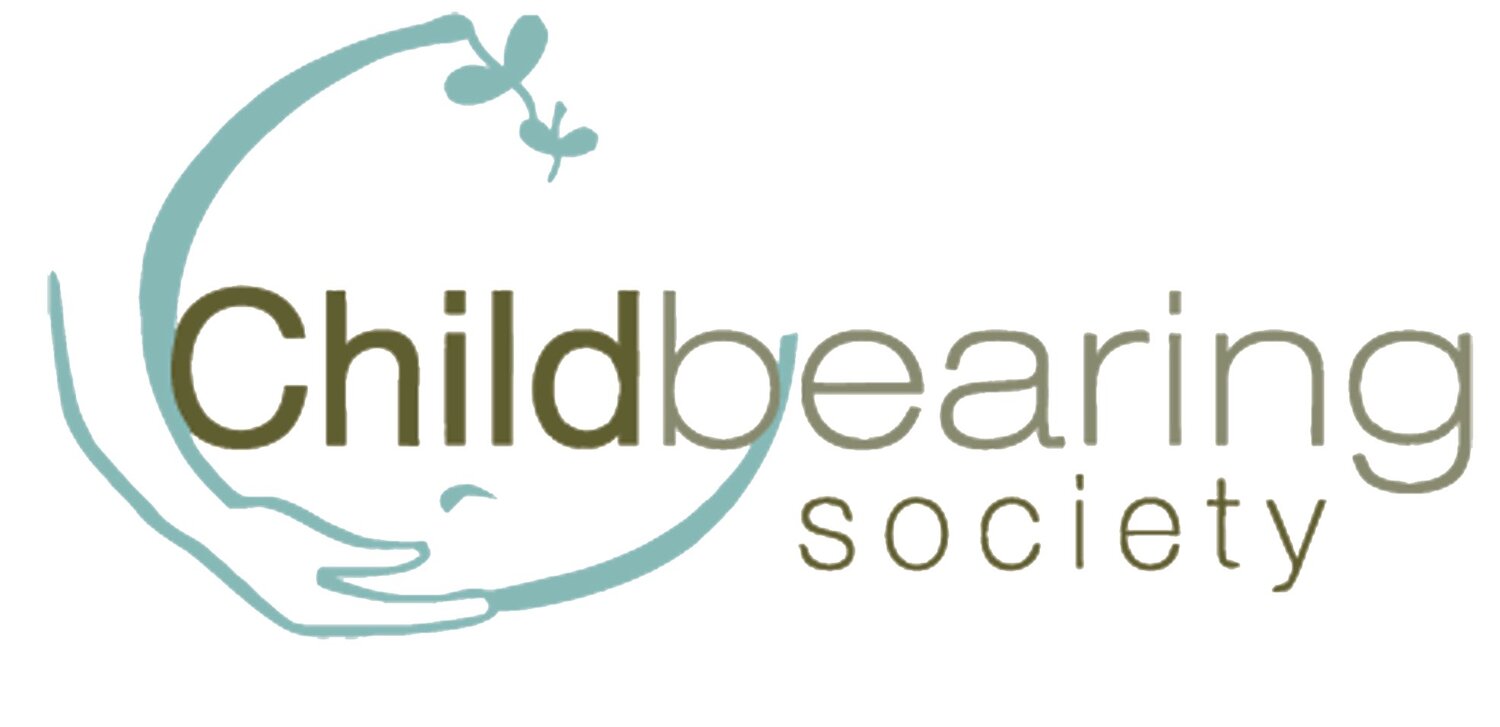Placenta Trivia
When you are pregnant, you not only grow a baby, you also grow a placenta!
Even though the placenta has been sometimes characterised as a waste-organ, an icky footnote, or unmentionable by-product of birth (the “after birth”), it is actually an important, unique, and fascinating organ.
Here are 10 highly cool things about the placenta.
The placenta is the only temporary organ we grow. Even though we pregnant people grow the placenta, the organ itself serves the foetus. It is located outside of the baby’s body, but it behaves like one of the baby’s internal organs. In fact, it behaves like several of them.
The placenta is made up of cells from two genetically distinct organisms: the mother and the baby. Part of the placenta develops from tissue from the mother’s uterine wall, and part develops from the foetus’ own tissue. The two cooperate to form one single coordinated organ that links the two individuals together. True partnership!
The placenta behaves like a peace alliance between the mother’s body and the baby’s body. It allocates sustenance and energy between the two to allow the coexistence of both parties sharing resources. If the placenta is favouring the mother and being stingy with the baby, it can result in poor foetal development such as intrauterine growth retardation. If the placenta is diverting too much energy to the baby, it can result in straining the mother’s reserves, causing conditions such as high blood pressure or pre-eclampsia. The placenta is the ultimate negotiator, maintaining a delicate balance of sharing limited means expertly between two beings.
The placenta doesn’t just give stuff to the baby, it also removes stuff from the baby. The umbilical cord has two arteries and one vein. The vein carries life-support to the baby, and the arteries carry waste back to the placenta, which then filters it out to be disposed of via the mother’s body. You don’t only eat for two during pregnancy, you pee for two as well.
The placenta is part of the baby’s circulation system. It contains approximately one third of the baby’s blood! Blood travels from the placenta into the baby’s body, bringing oxygen, nutrients, hormones, immunities, and other life supporting measures, and then travels back to get replenished, removing waste from the baby’s body along the way.
Many cultures think of the placenta as a sibling, or an ancestor, of the baby. In some places they bury the placenta in ancestral land, or near their home, forming a personal bond with the place (the way a family cemetery can). Some cultures plant a special tree or shrub over the buried placenta. Some cultures name the placenta.
Some people make placenta art, or prints, by pressing the placenta onto canvas or paper. It makes a tree-like image complete with roots and tendrils.
Some people eat their placenta. In fact, most species of mammals do this. The placenta is similar to an organ meat in terms of nutrients, and also contains high levels of hormones from pregnancy and labour. There is some anecdotal belief that consuming the placenta can reduce the risks of postpartum haemorrhage, postpartum depression, and breastfeeding struggles, and other people think it might be unsafe to ingest an unregulated body part, but there is not much evidence either way. The minimal research that exists on this can be found HERE.
The placenta contains stem cell blood. If you are giving birth at a hospital with a blood bank on site (such as BC Women’s), you can donate any remaining cord blood after your baby is born.
The placenta plays the role of several different organs at once! Since the foetus exists only within the mother’s body, a number of bodily functions have to happen through her rather than independently. The placenta takes on quite a few jobs that will later be handled by different organs. For example, the placenta:
Controls gas exchange so the foetus gets enough oxygen
Helps the foetus get sufficient nutrition
Helps regulate the foetus’ body temperature
Removes waste from the foetus for processing by the mother’s body
Filters out certain microbes that could cause infection
Transfers antibodies from the mother to the foetus, conferring some immune protection
Produces hormones that keep the mother’s body primed to support pregnancy
The placenta is the precursor to several different systems for the baby, since the foetus cannot eat, breathe, or eliminate waste (use bowels) while inside the womb.
Even though it is outside of the baby’s body, the placenta is part of several of the baby’s systems, including the circulation system, endocrine system, and digestive system. The placenta is a multi-organ marvel!
So even if you’re not inspired to eat it or make art with it, even if you don’t particularly want to examine it or interact with it, I hope you can appreciate the amazing range of attributes of the placenta. It’s a pretty neat, one-of-a-kind organ. Maybe now you want to name yours.
Stephanie Ondrack has been a member of the Childbearing Society since 2003.
She lives in East Van with her partner, 4 kids, 5 cats, 3 chickens, and 2 rats. You can read her thoughts on child development and learning at www.thesmallsteph.com
